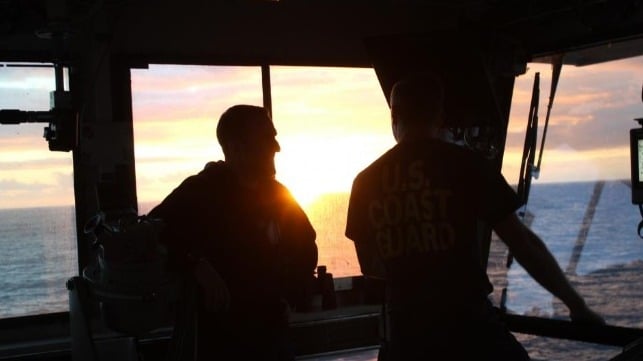IMO and ILO Team Up to Write Anti-Harassment Rules Into Maritime Law

The International Labor Organization (ILO) and the IMO have released a new set of recommendations for reducing the impact of sexual assault and harassment at sea.
“We remain steadfast in our commitment to creating a safe and respectful working environment on board. Recognizing that this is not only a moral imperative but also a practical necessity for the industry’s sustainable growth, we are committed to preventing and combatting bullying and harassment in the maritime sector," said Arsenio Dominguez, IMO's Secretary-General.
IMO and ILO are recommending new mandatory trainings for seafarers, new guidance for shipowners, and amendments to the Maritime Labor Convention (MLC). The objective is to bring the MLC in line with the ILO Violence and Harassment Convention, which applies to employment on land. Member states will have the opportunity to submit proposals for updating the MLC until September 2024, and these potential solutions will be discussed at the next joint meeting of the ILO and IMO next year.
"We urgently need to ensure that seafarers have a safe working and living environment. I welcome the recommended action, in particular the possible amendments to the MLC," ILO Director-General Gilbert F. Houngbo said. "This will strengthen the protection against violence and harassment . . . to ensure seafarers’ right to decent work and increase the attractiveness of the industry.”

that matters most
Get the latest maritime news delivered to your inbox daily.
Bullying is deeply integrated into the historical tradition of seafaring, and the nickname "bully" was once synonymous with "sailor." In modern times, the prevalence of harassment varies with the behavioral standards and company culture of each vessel operator. A widely-cited review carried out by researchers at the Kalmar Maritime Academy found that about 8-25 percent of today's seafarers report experiencing some form of bullying, rising to more than half of female seafarers, who make up about one percent of the workforce on cargo vessels. A more recent survey by the Danish Maritime Authority found that reports of harassment were more concentrated among the ranks of younger seafarers, and were more likely to be motivated by race than by other factors.
These numbers are likely an undercount of the reality on board, according to the Kalmar Maritime Academy study. "The underreporting of bullying and harassment is well documented in previous research, especially in workplace cultures where incidents are trivialized," noted authors Cecilia Österman and Magnus Boström.
